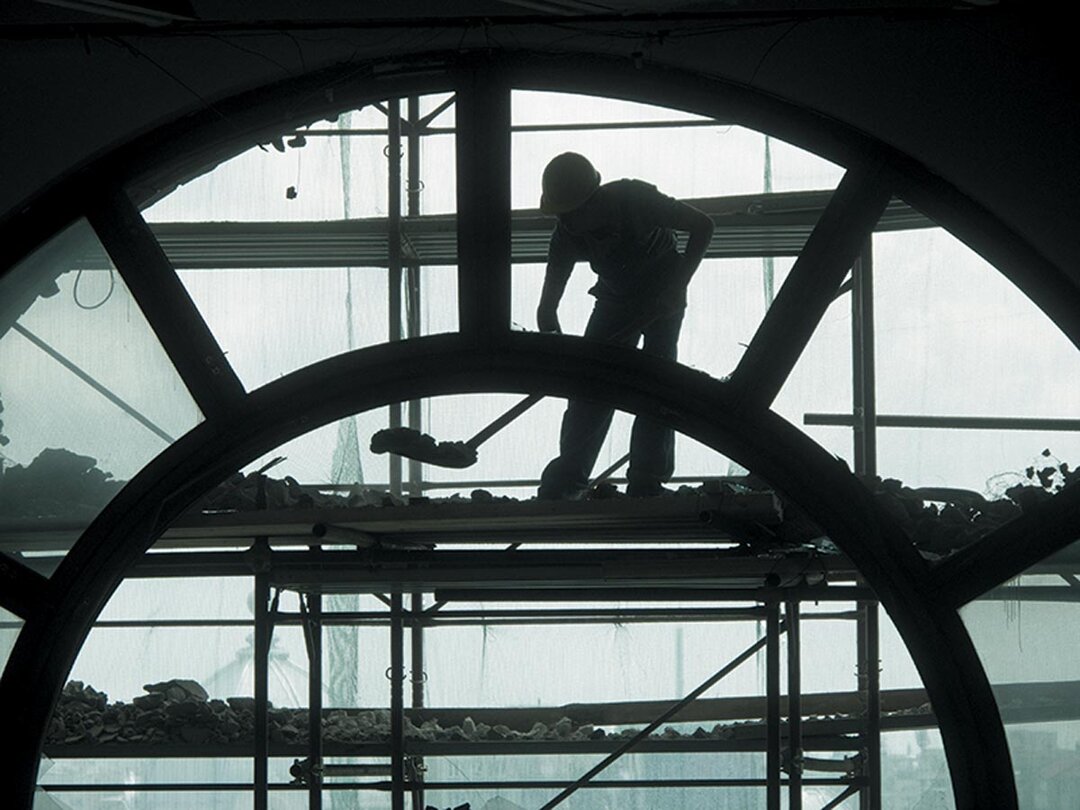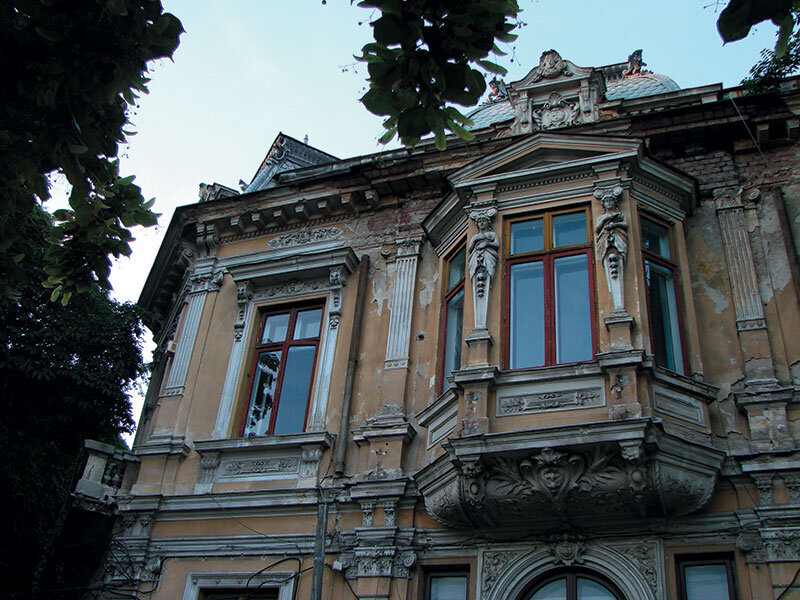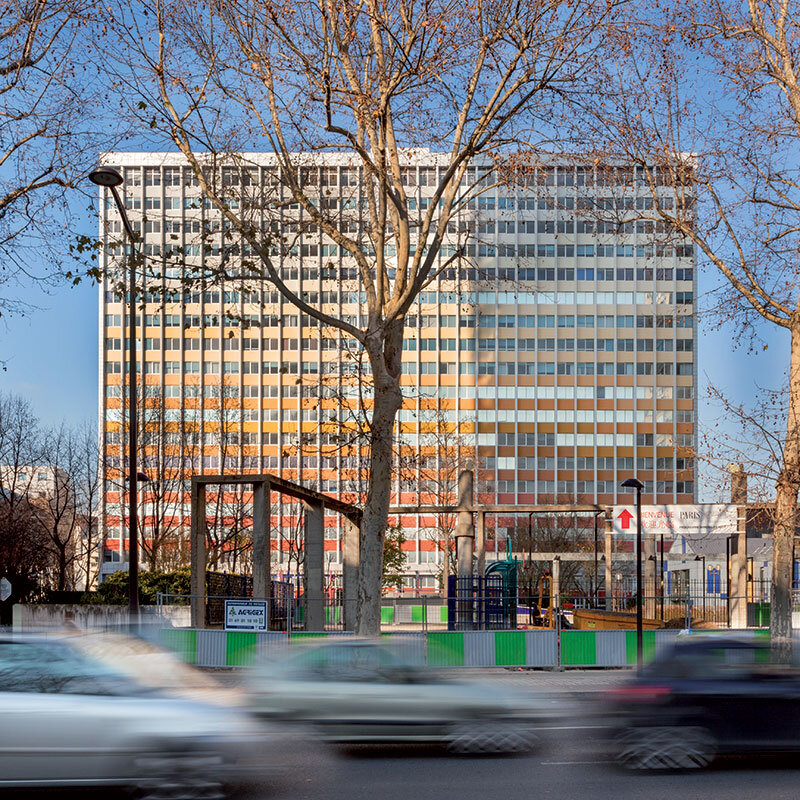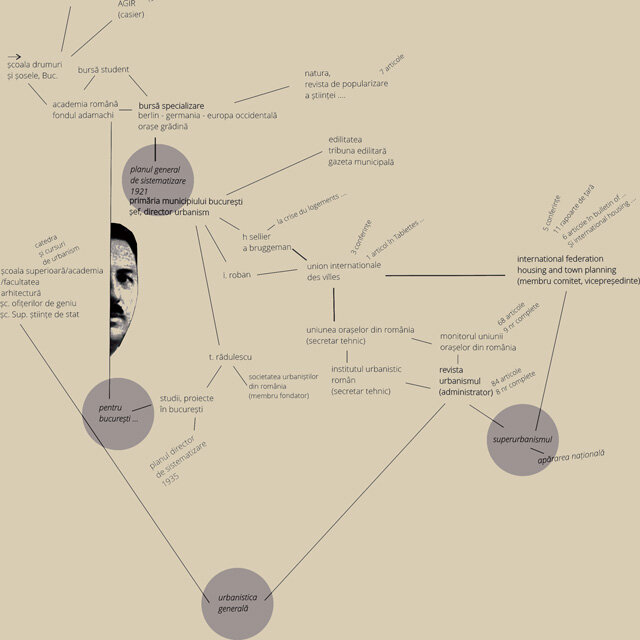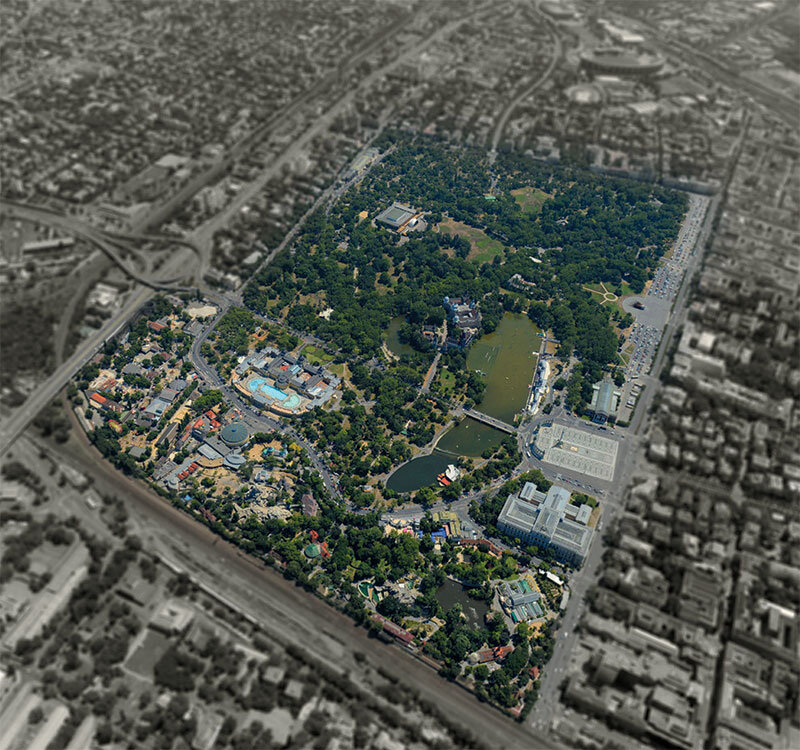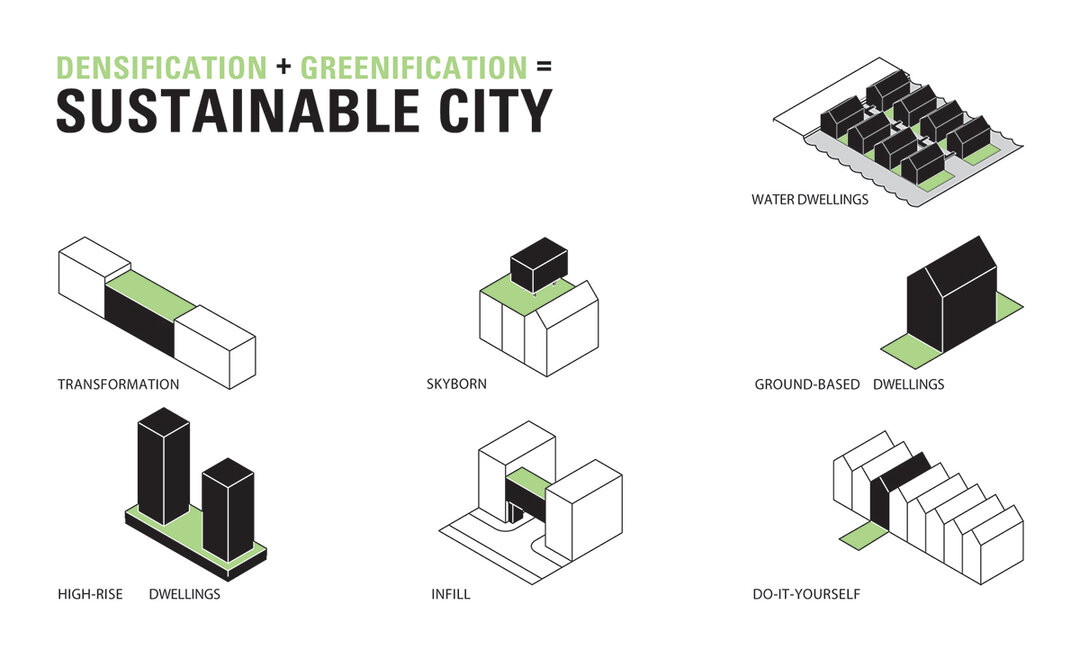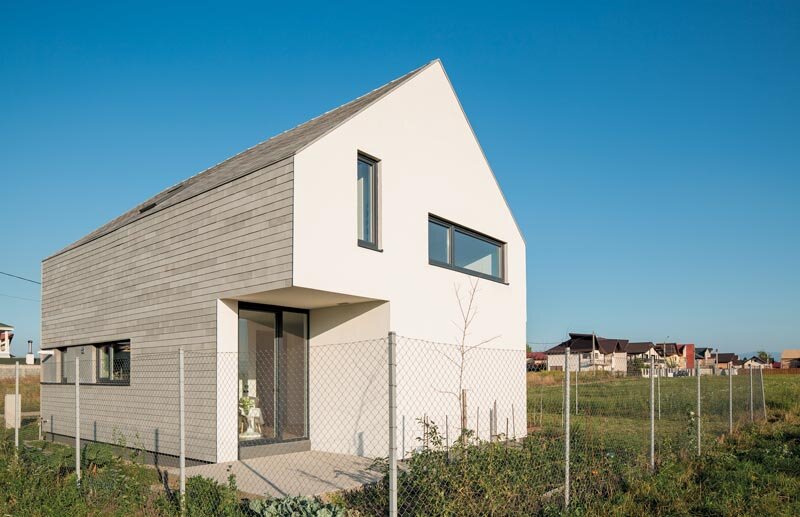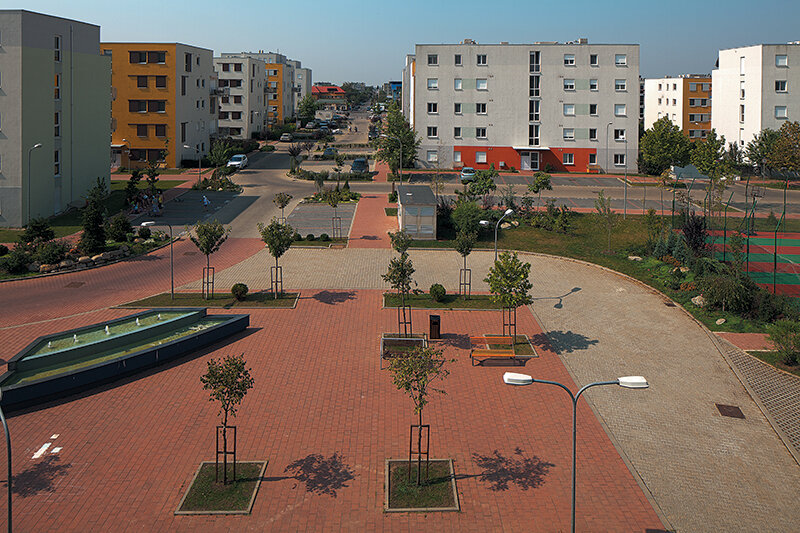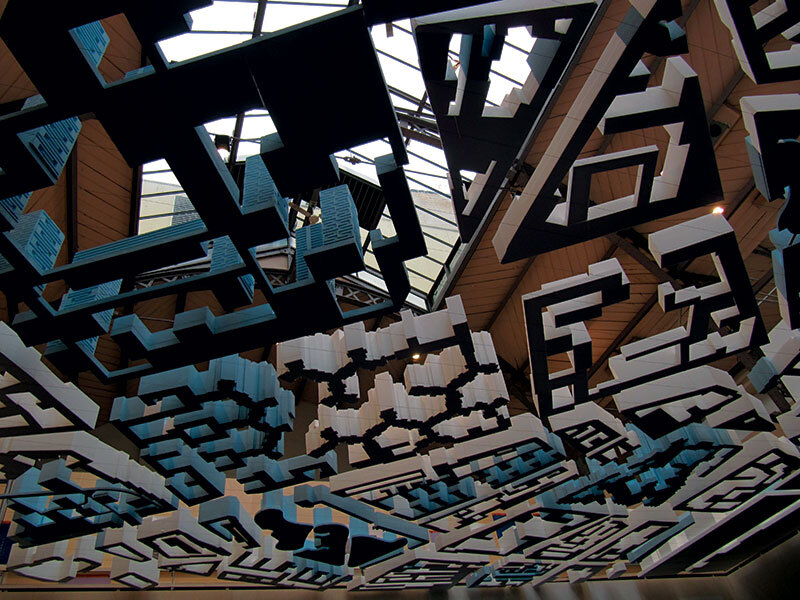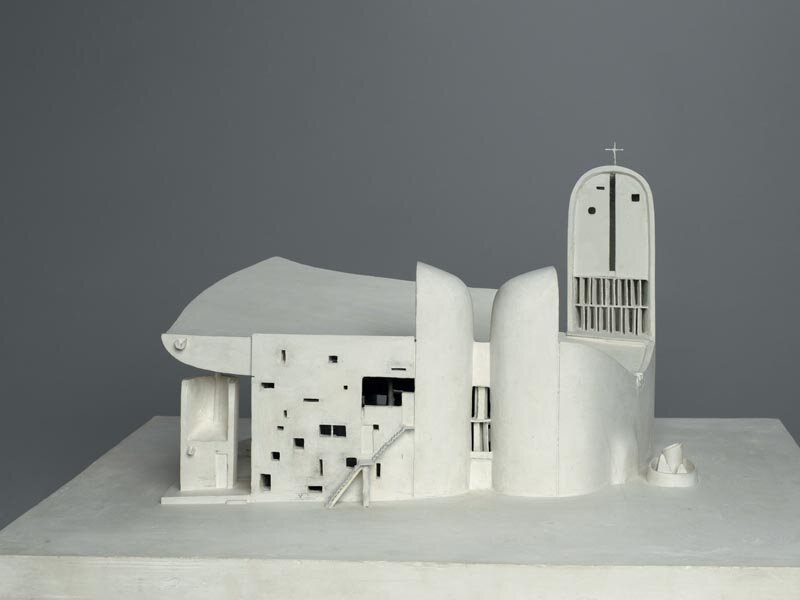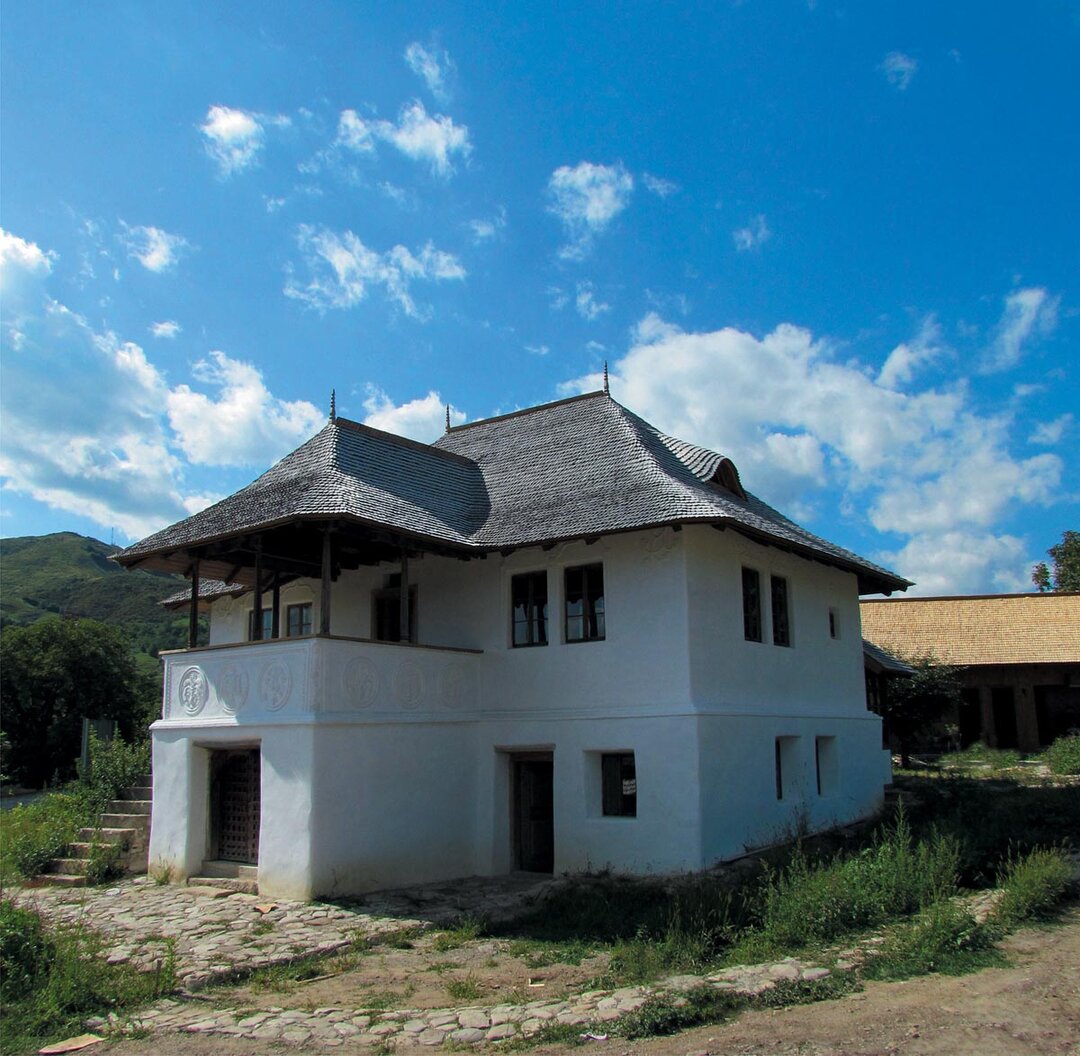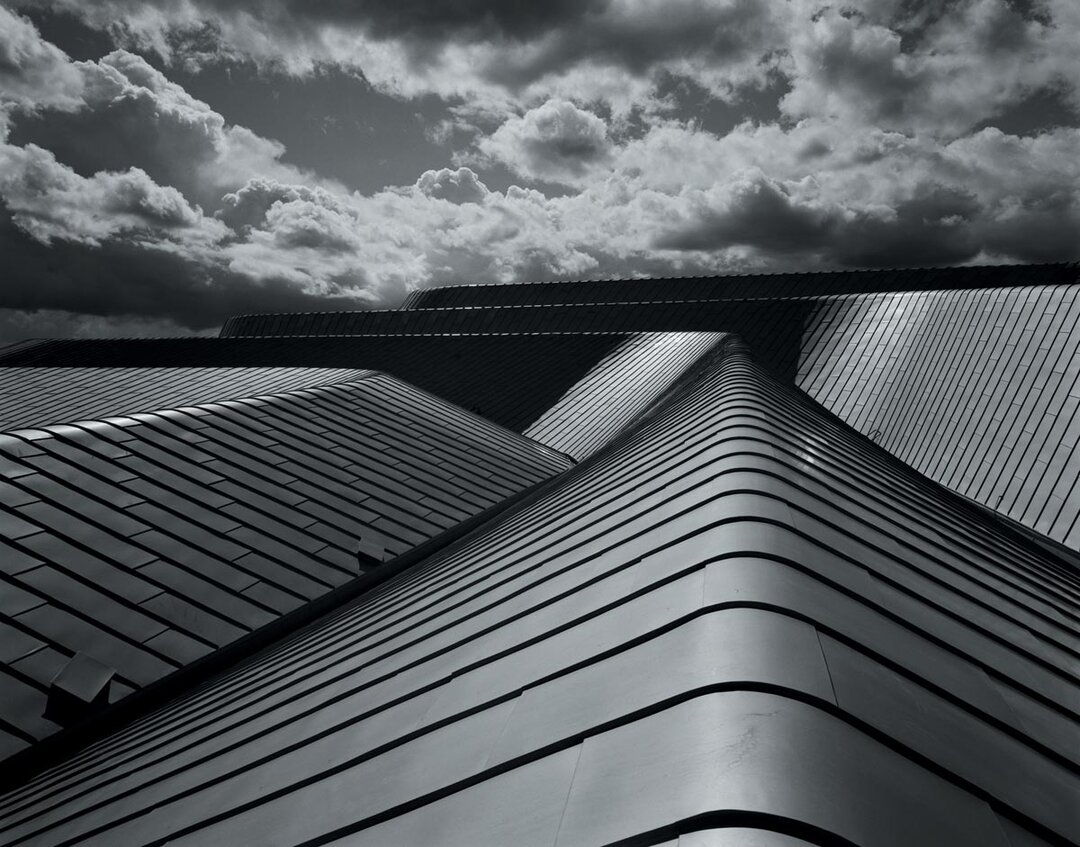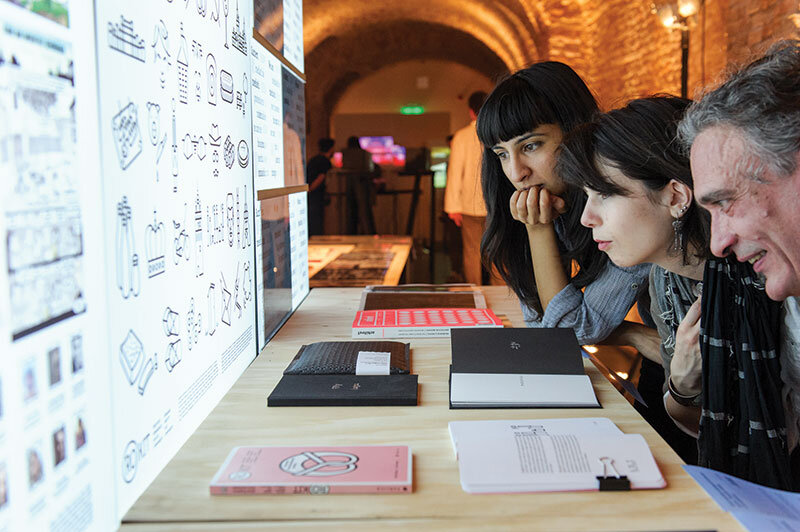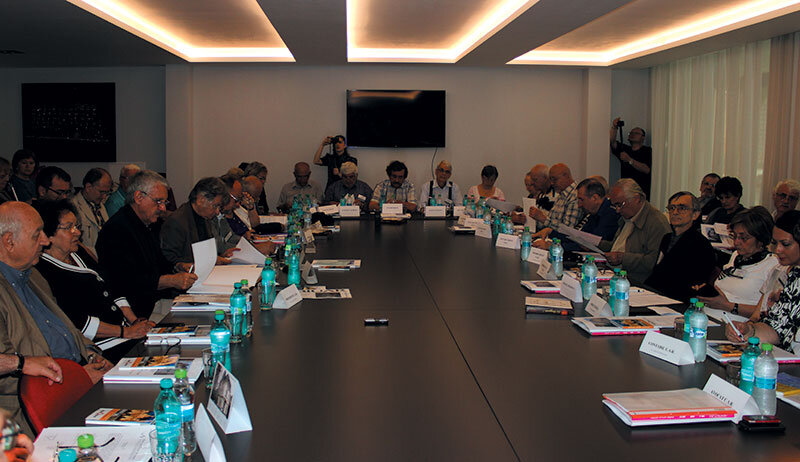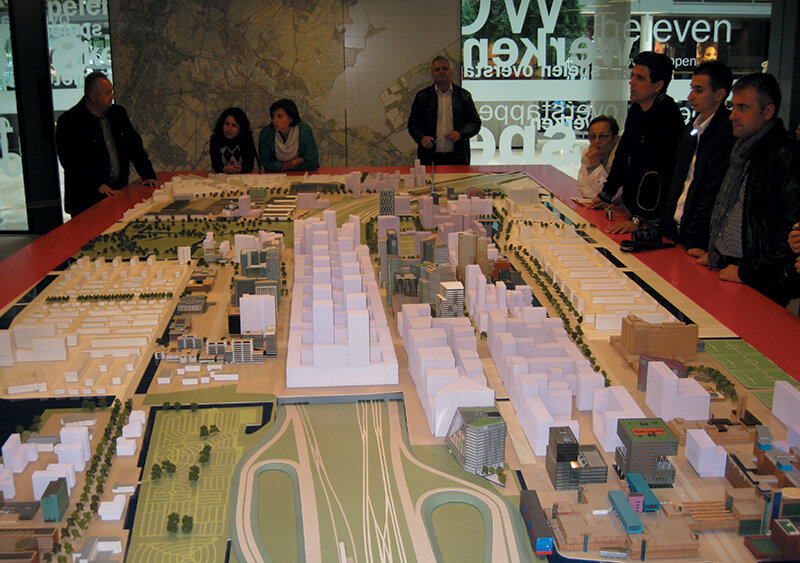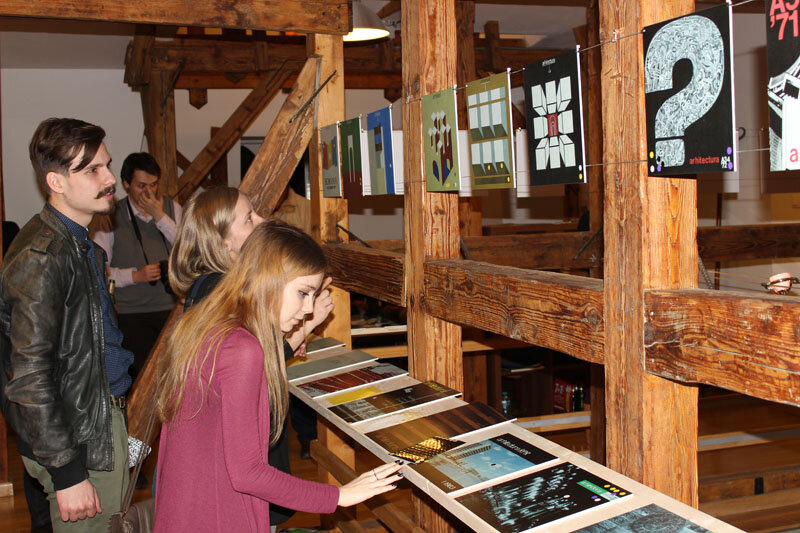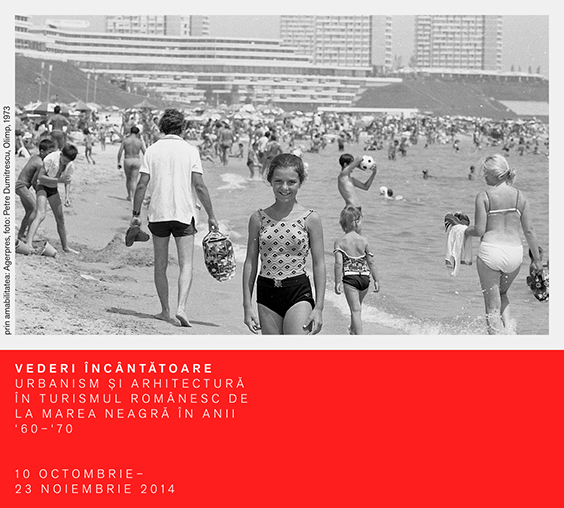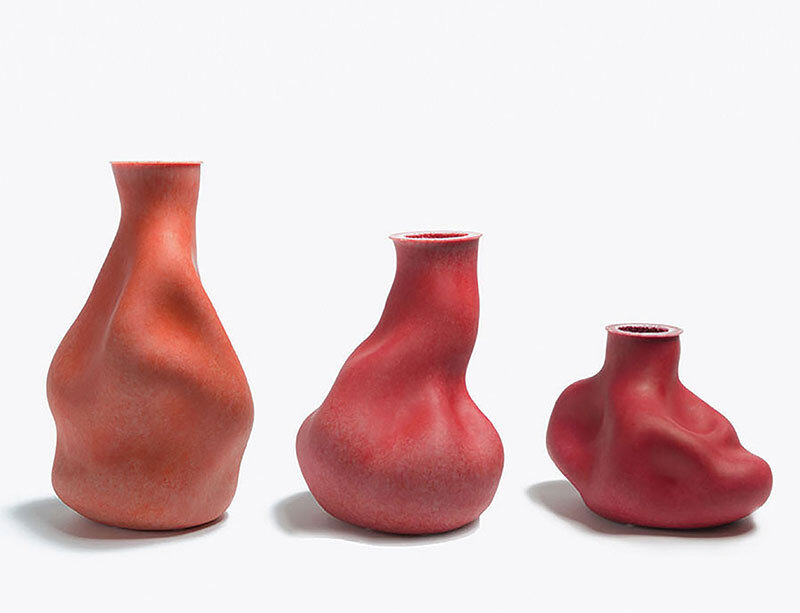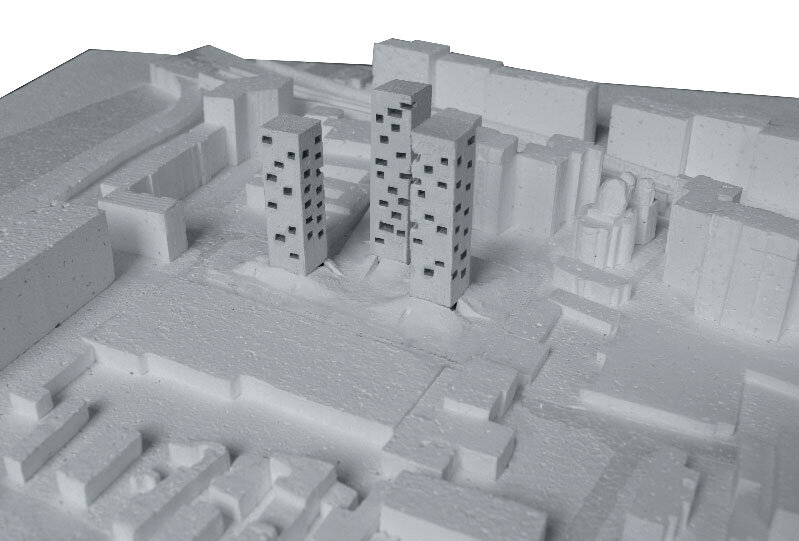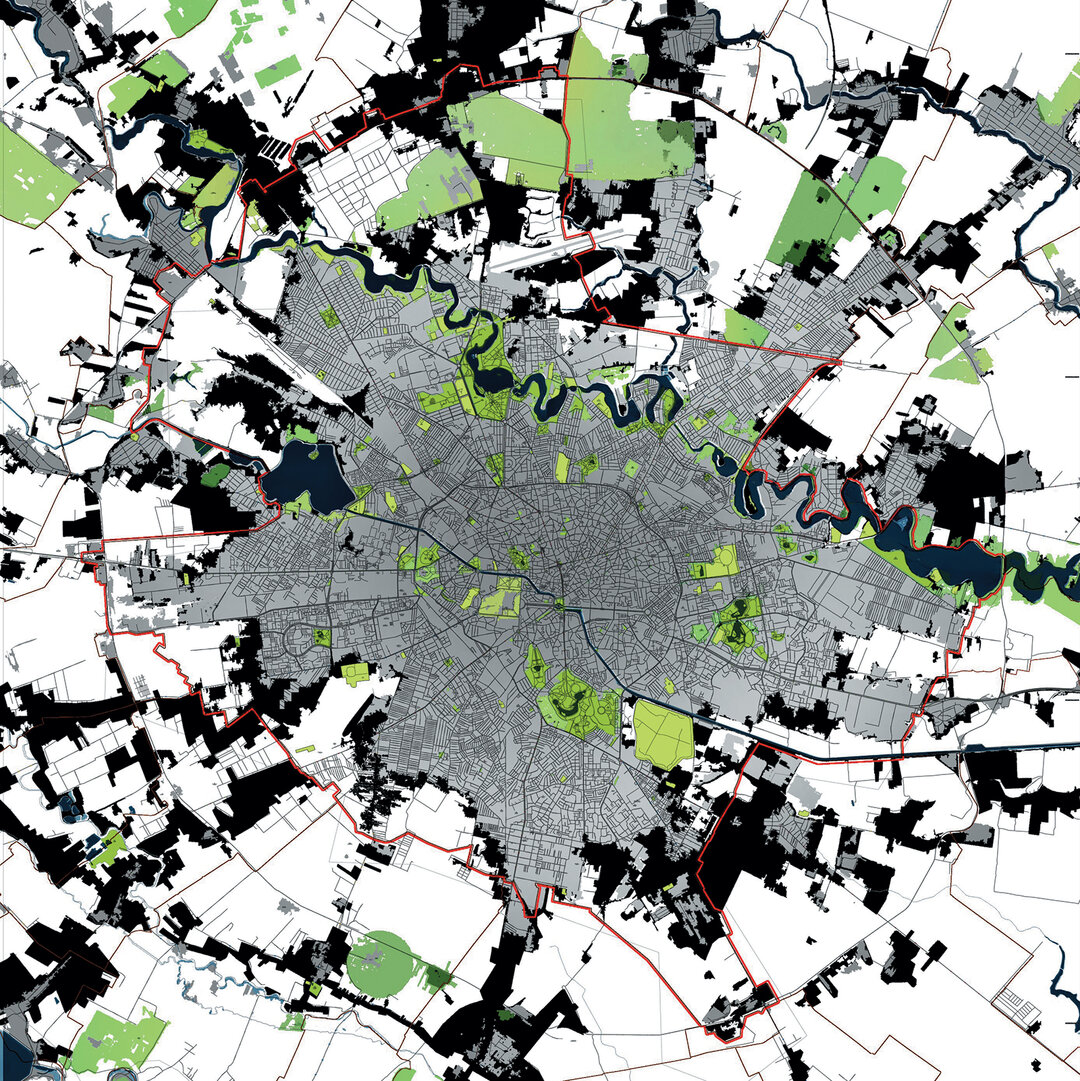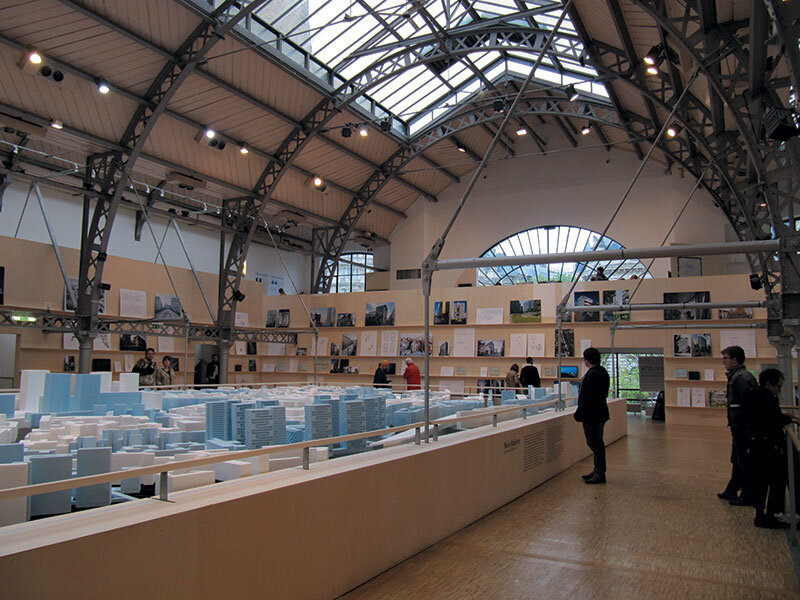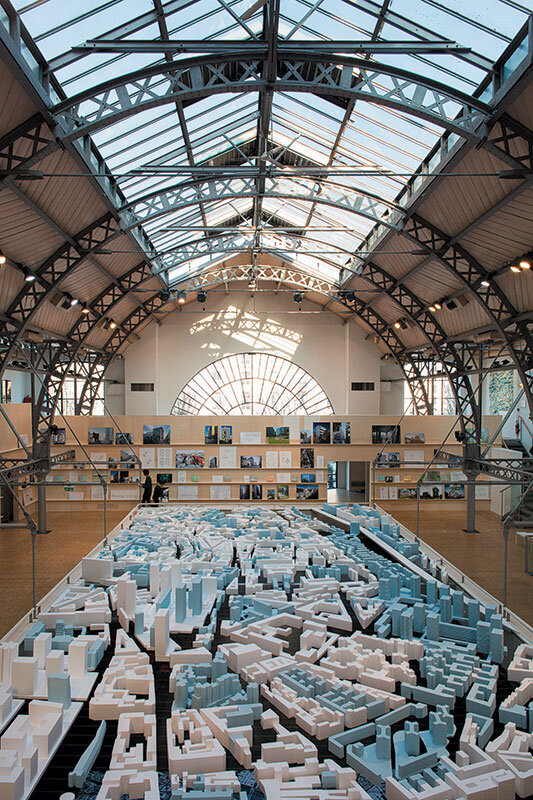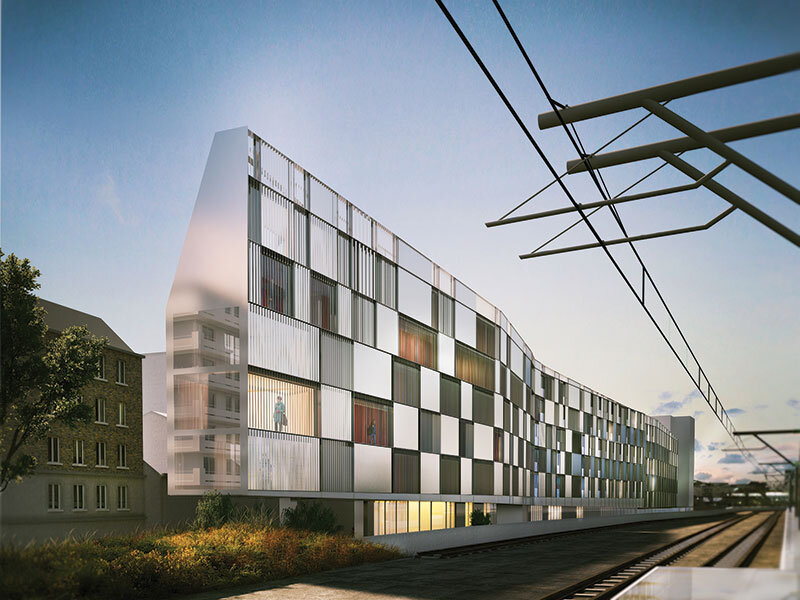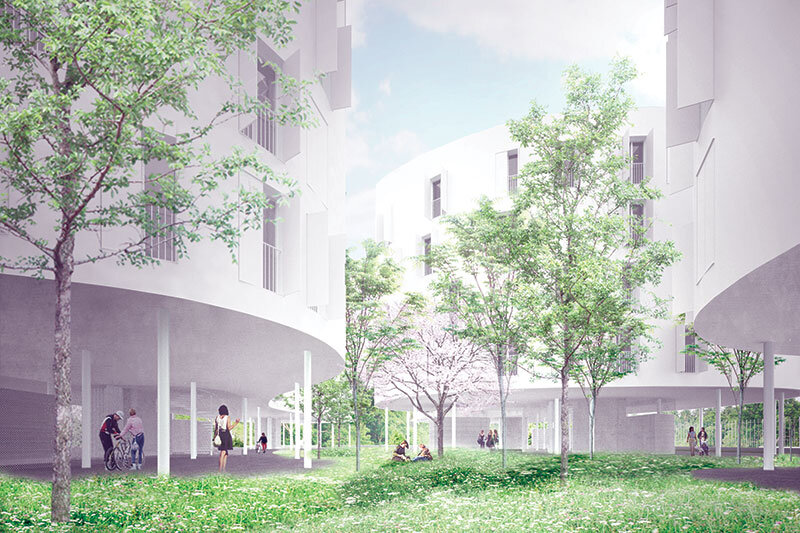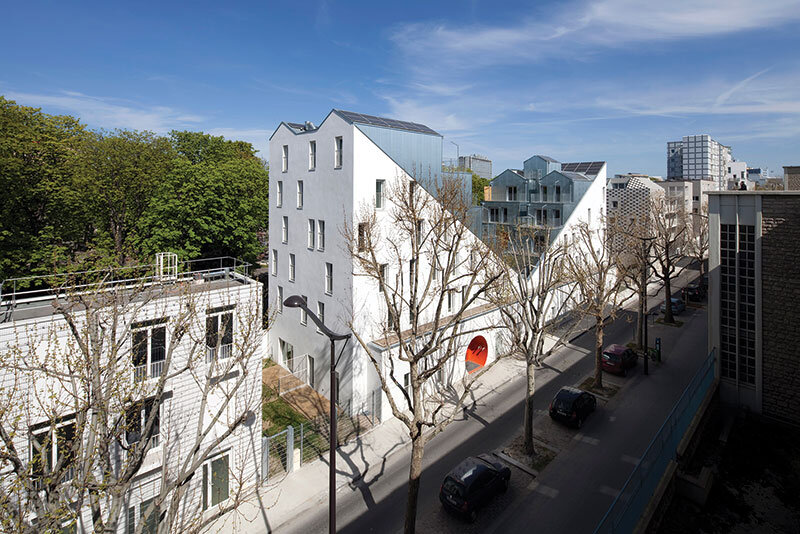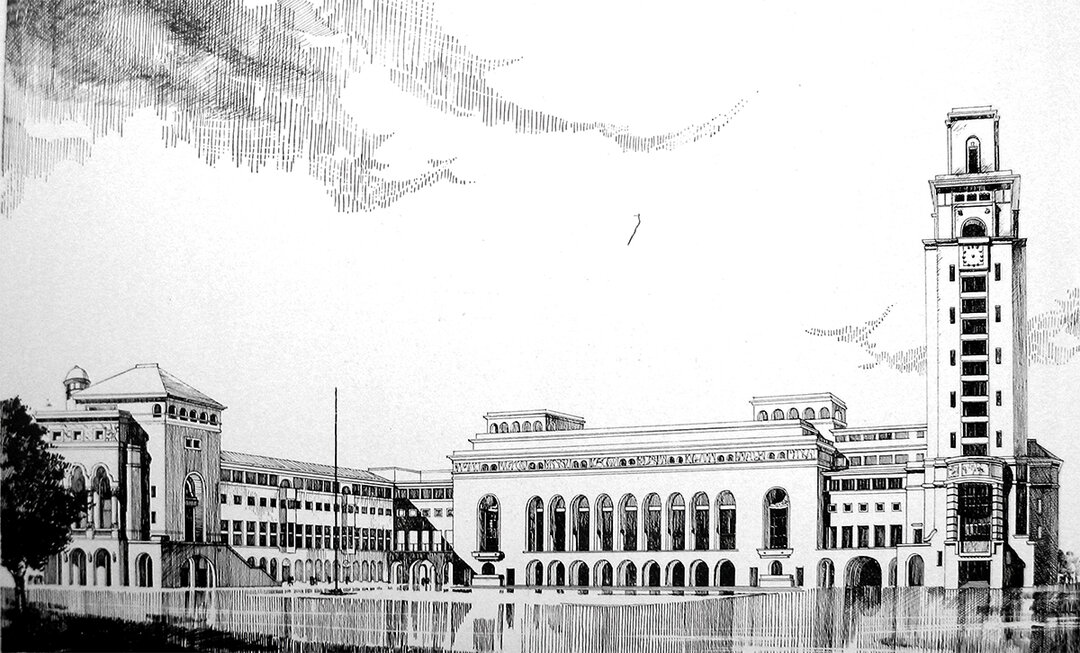
Housing as a national priority program, intended for the masses, and not just for the elites. XXth and XXIst century France
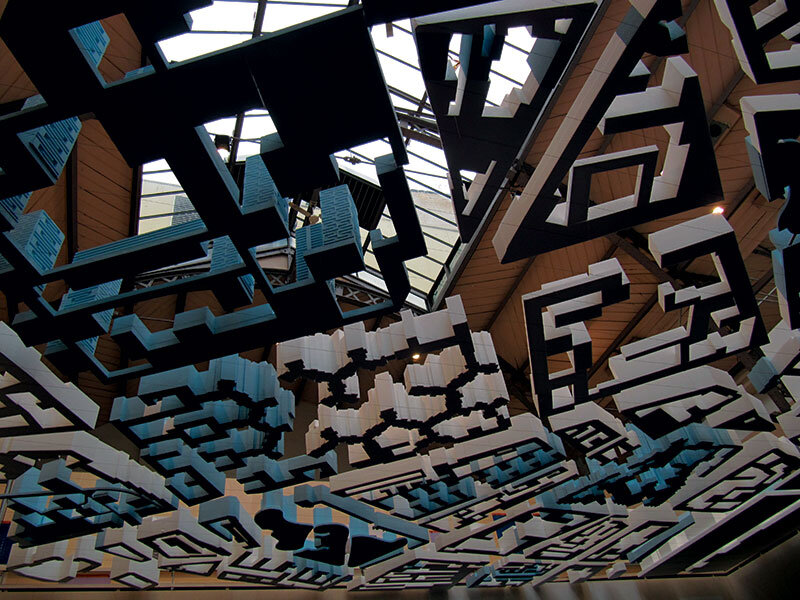
Over the last century, France has been particularly notable for its nationwide preoccupation with housing as a 'common good', a trend that has been maintained over the years regardless of the political color of those in power. This is all the more evident now that 2015 has been designated to celebrate efforts in this field as it marks the 100th anniversary of the founding of France's leading social housing company, today's Paris Habitat1, and the 50th anniversary of the death of Le Corbusier, the architect who played a key role in developing and shaping affordable housing as we know it today.
France was one of the countries that set the tone for social housing, which has since been consistently reflected in policy and research, as well as in current discussions, and has become something of a national brand. While the first initiatives in this sector took the form of flats built by so-called "enlightened" industrialists for their workers2, social housing was formalized in France on 23 December 1912. The Bonnevay Law was enacted, creating public agencies for HBM3 and authorizing state and local authorities to intervene in the housing sector, which had hitherto been left exclusively to private initiative. Thus, from that moment on, social housing became a public service. At the beginning, they were built in small numbers and were accessible only to the wealthiest workers with stable incomes. It was only after the Second World War that social housing was brought up to the same level of provision for all, becoming social in the true sense of the word, in response to the significant demographic growth and very poor living conditions. Between 1950 and 1980 there was intensive building, generally on the outskirts of the city, to overcome the housing shortage and to combat substandard housing - an activity supported by public funding.
Since 1980, support for construction has been reduced in favour of housing aid granted directly to families in difficulty through the introduction of l'aide personnalisé au logement. In this new phase, fewer, more varied and better quality housing is being built. Social housing is increasingly mixed in with mainstream housing instead of being clustered in enclaves on the outskirts of towns. The principle of social mixing has been maintained to this day and even accentuated over time, following the awareness of the highly sensitive issue and the disastrous effects of the first low-income housing estates on the outskirts of cities. Also during this period, social housing agencies also started to get involved in urban regeneration projects, helping to improve living conditions by renovating the buildings in their stock.
Since 2001, there has been an even greater focus on quality and innovation, not only in architectural but also in social and environmental terms. Projects are no longer just about the buildings themselves, but also the spaces between them. Moreover, in addition to housing, the related facilities and services and the general ambience of the neighborhood are being considered. In addition, efforts are made to adapt apartments to the specific needs of different categories of users. Housing is being created for students, the elderly, the disabled, young couples, etc. Otherwise, the ambitions in terms of the number of apartments made available remain very much present. It is an ambitious program of both quantitative and qualitative growth. Since 2000, the SRU4 law has required communes with more than 3,500 inhabitants to have at least 20% social housing. Since 2006, the percentage has been increased to 25% for any operation of more than 800 square meters in an area with a shortage of social housing.
Read the full text in issue 2 / 2015 of Arhitectura magazine

